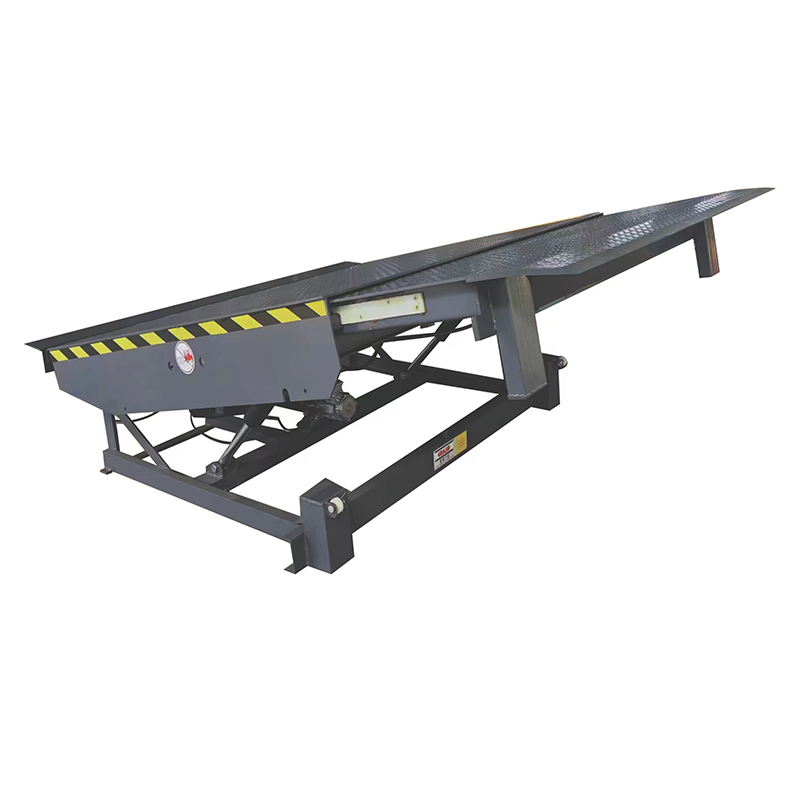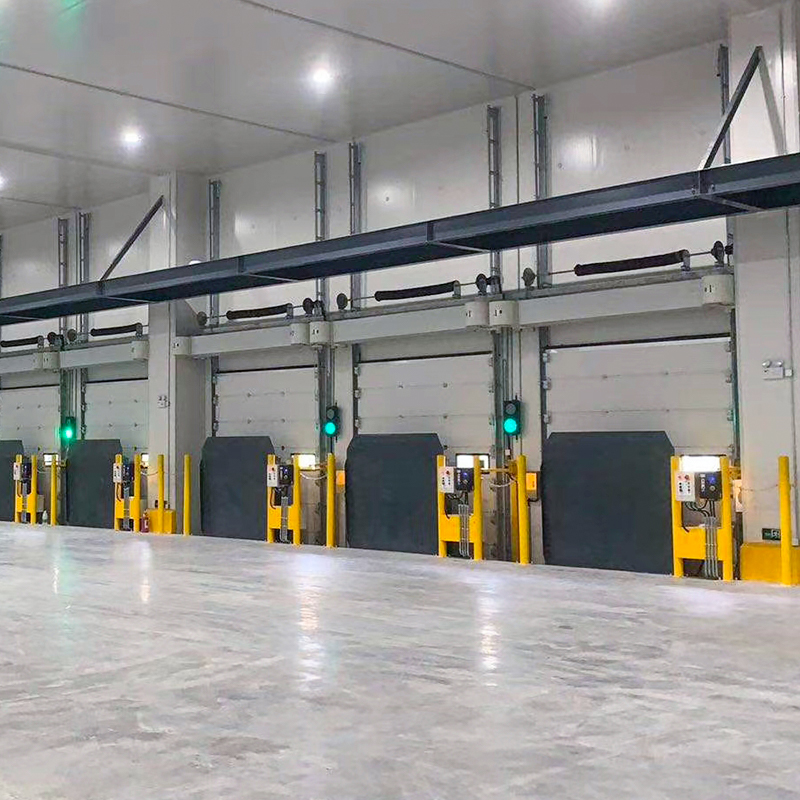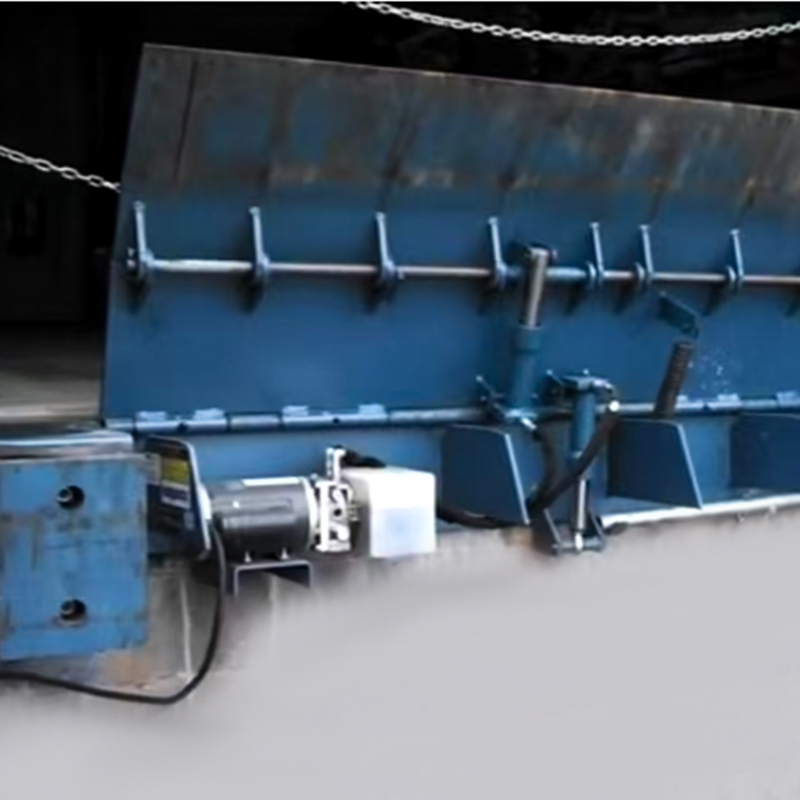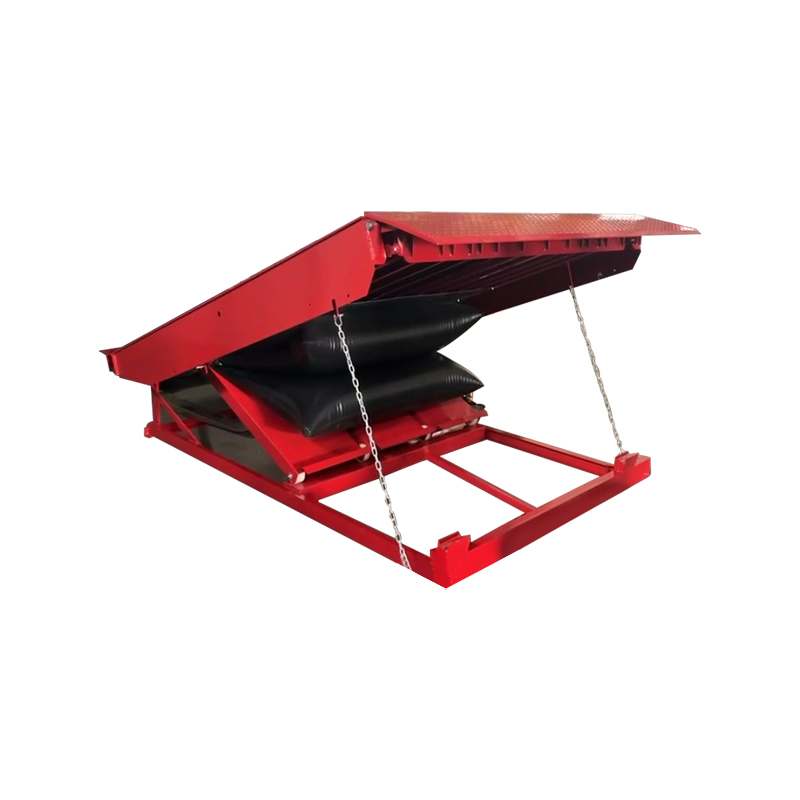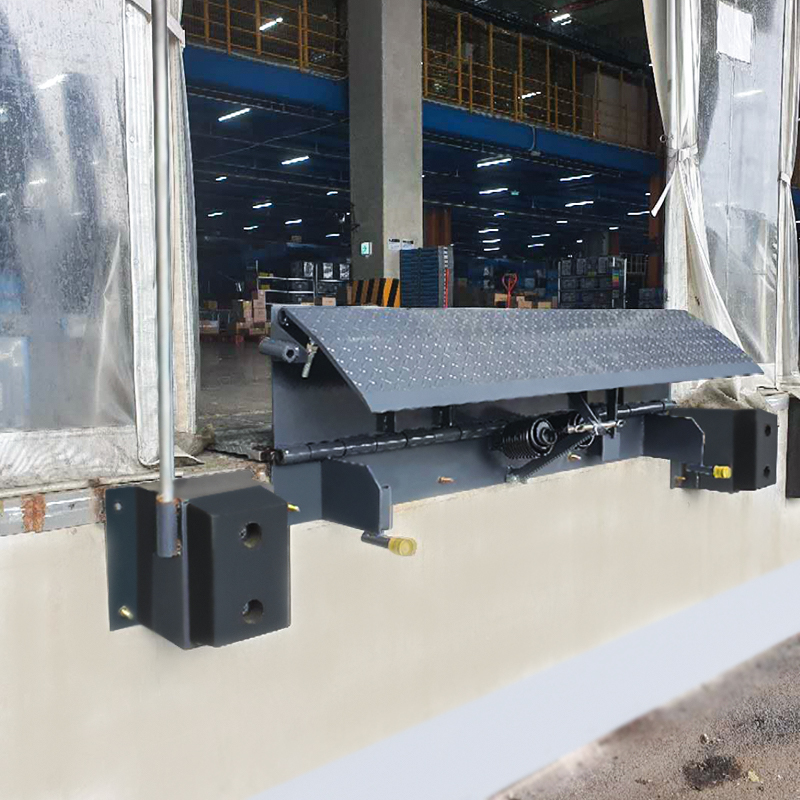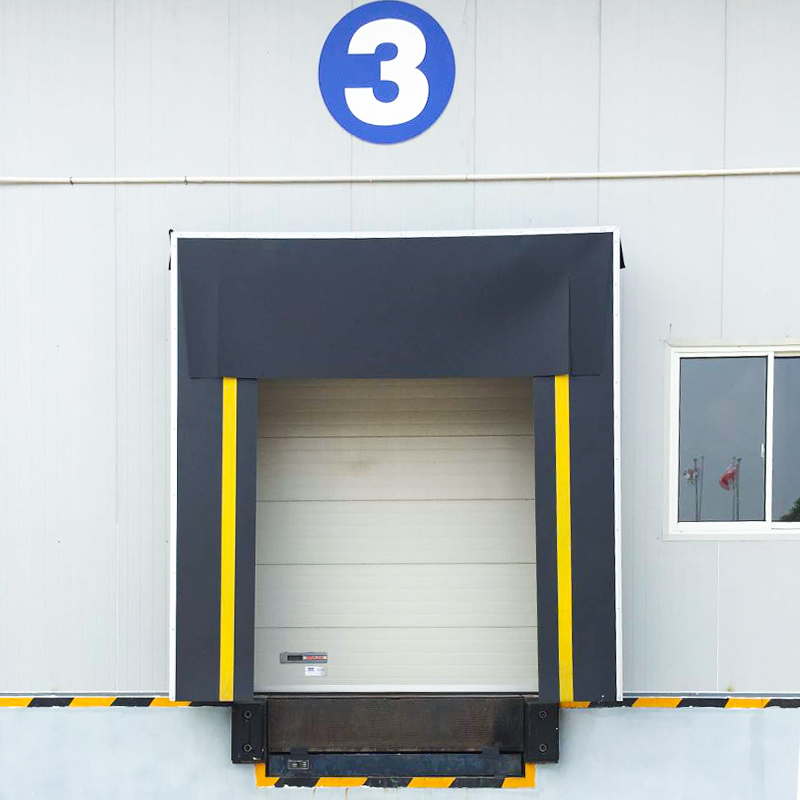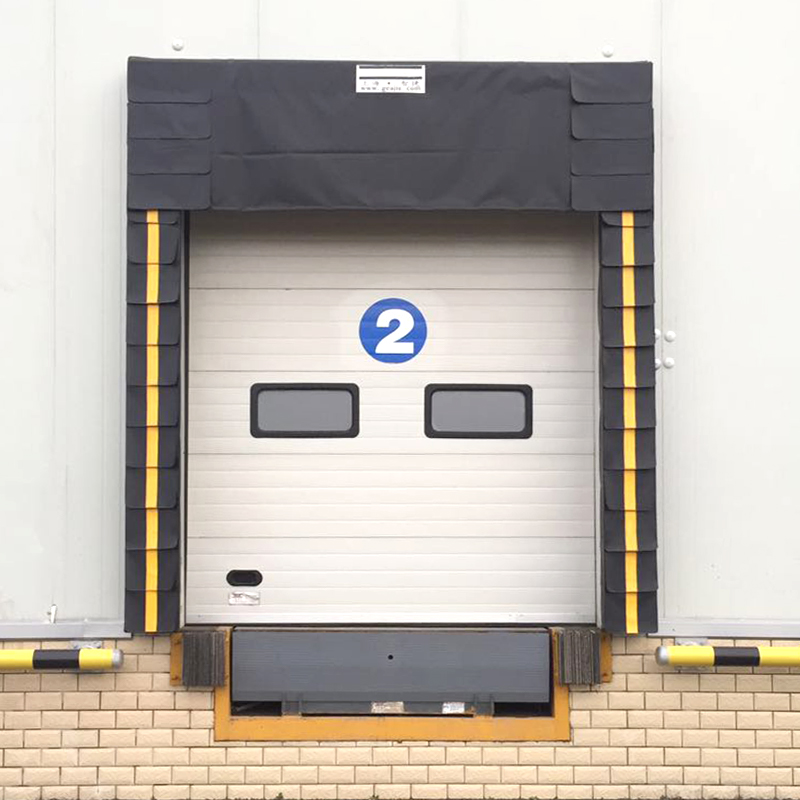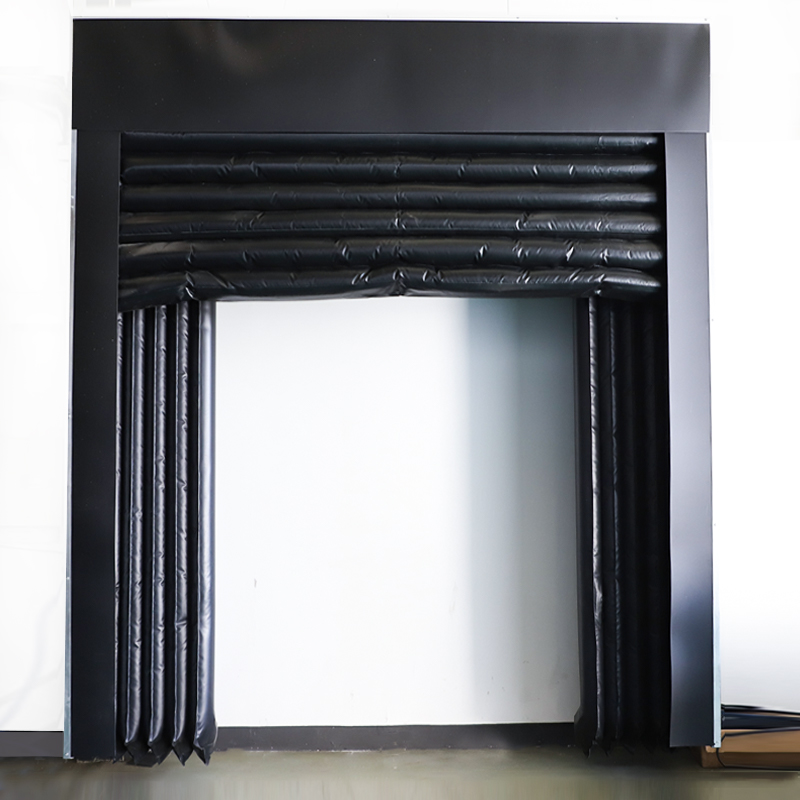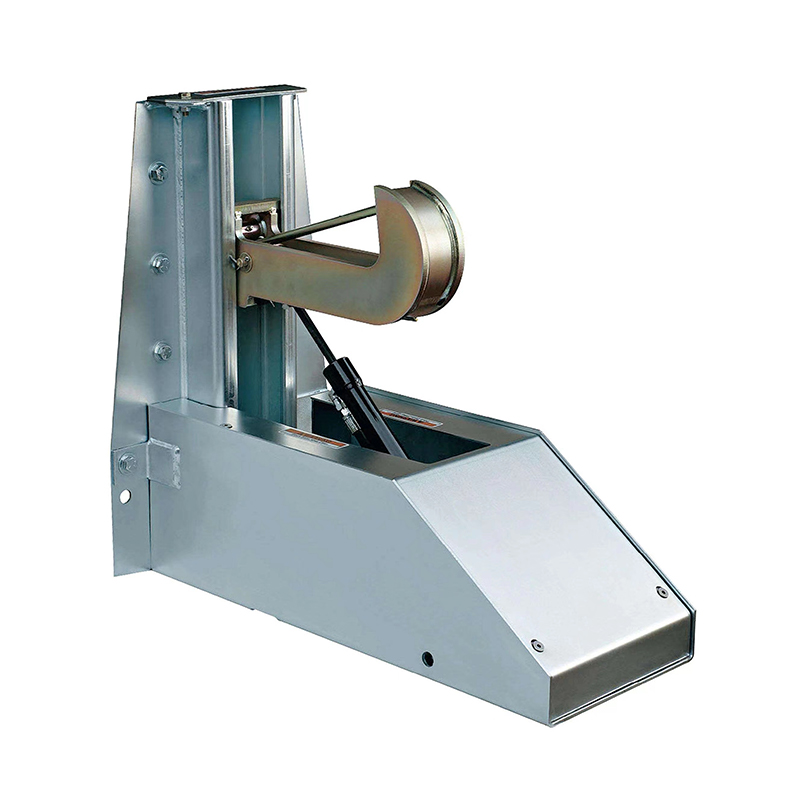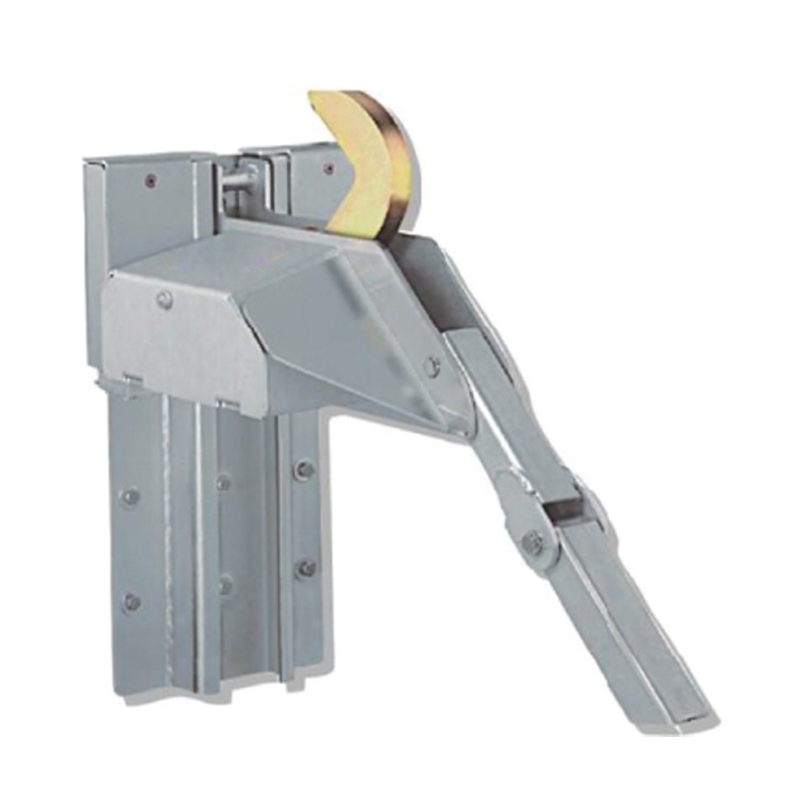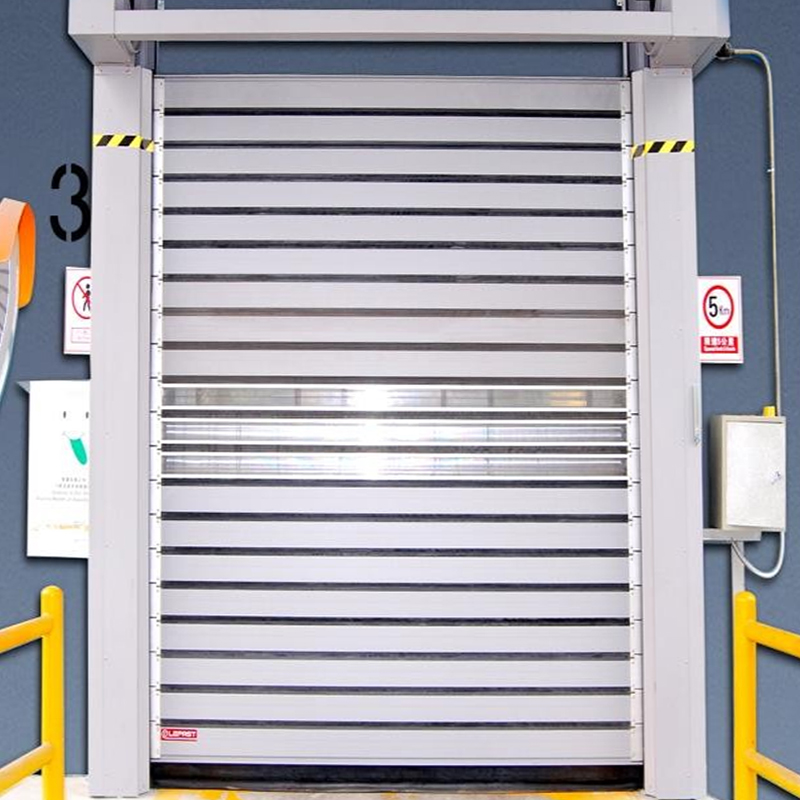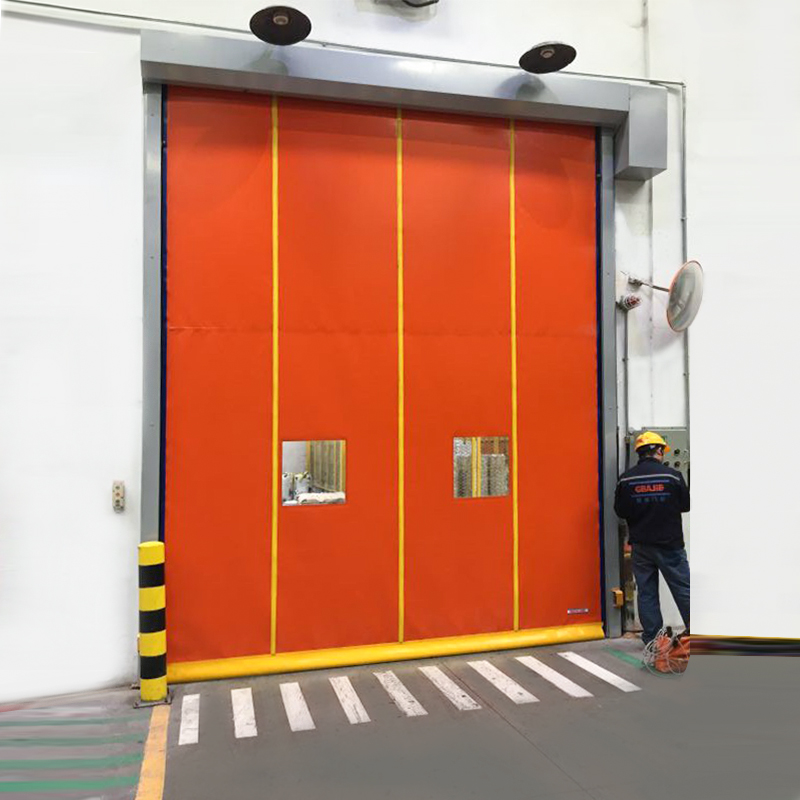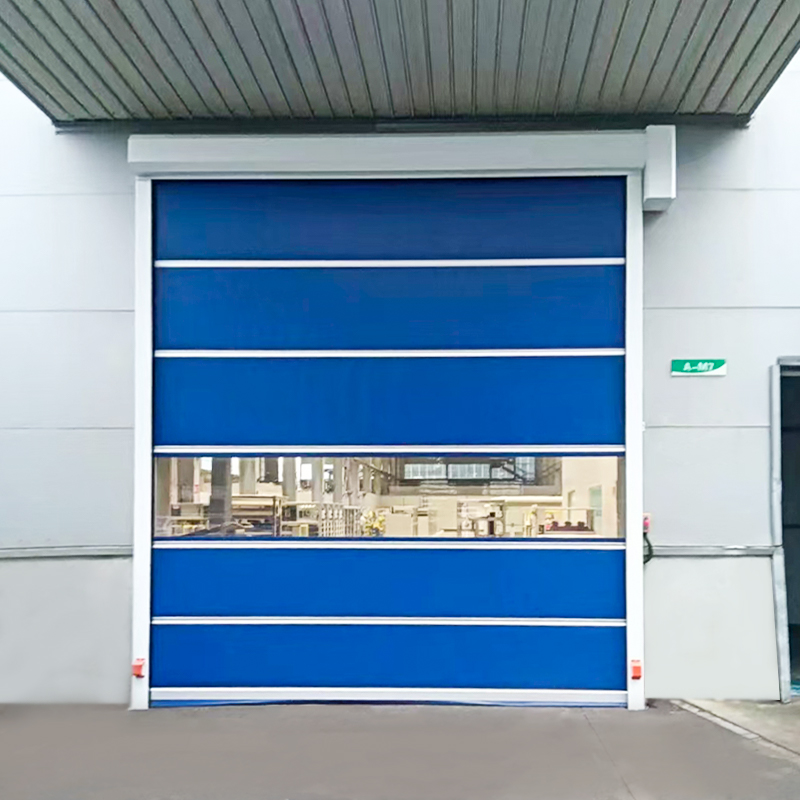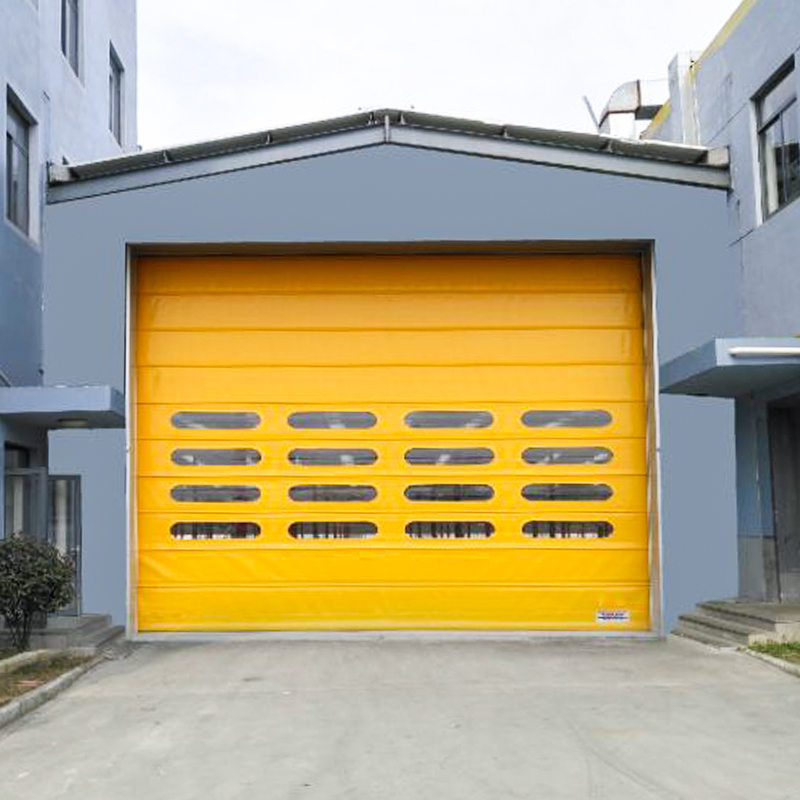Adjustable Platform and Articulating Lip Design EOD Industrial Dock Levelers are engineered with a r...
Industrial ceiling fans are specifically engineered to handle large volumes of air across expansive areas, making them ideal for commercial and industrial settings. Unlike smaller, residential ceiling fans, which are designed for individual rooms, industrial fans feature large, wide blades and powerful motors that can move air across entire floors or large open spaces such as warehouses, factories, and retail environments. This robust air movement prevents air from stagnating in corners or high-up in the ceiling, ensuring that the air remains fresh, even, and breathable. As a result, these fans create a comfortable and consistent environment throughout the entire space, reducing areas of discomfort caused by still or poorly circulated air.
One of the primary benefits of industrial ceiling fans is their ability to facilitate evaporative cooling, especially in environments that are hot or humid. The enhanced airflow helps to increase the rate of evaporation of sweat from the skin, which accelerates the body’s natural cooling process. In industrial environments, where workers may experience higher physical exertion levels or where large machinery generates excess heat, the cooling effect provided by these fans can significantly enhance comfort levels. This is particularly beneficial in spaces like gyms, workshops, factories, or warehouses where people need to stay cool while working. By improving evaporative cooling, industrial ceiling fans can allow for more comfortable working conditions, potentially reducing the need for air conditioning or reducing its intensity, leading to lower energy consumption.
In large spaces with high ceilings, such as warehouses, manufacturing plants, or gymnasiums, temperature stratification is a common issue. This phenomenon occurs when warm air rises to the ceiling and cooler air settles at the floor level, creating significant temperature differences between the upper and lower parts of the room. Industrial ceiling fans address this by promoting air circulation throughout the vertical space. By pushing the warmer air down from the ceiling toward the floor, the fan helps to equalize the temperature, resulting in a more consistent and comfortable climate at all levels of the space. This process, referred to as "de-stratification," reduces the need for additional heating in colder weather, while also maximizing the efficiency of heating and cooling systems. As a result, industrial ceiling fans can help lower energy consumption by preventing the loss of warm air that would otherwise remain trapped near the ceiling.
By improving air circulation and enhancing the efficiency of temperature control, industrial ceiling fans help reduce reliance on air conditioning and heating systems. During the warmer months, the fans can improve the effectiveness of air conditioning systems, enabling the thermostat to be set at a higher temperature without sacrificing comfort. For example, an industrial fan may allow a space to maintain a comfortable temperature even if the air conditioning is set several degrees higher, reducing energy costs associated with cooling. In colder months, when the fan operates in reverse mode, it redistributes warm air that rises to the ceiling, improving heat retention and reducing the need for additional heating. Over time, this can result in significant savings in energy costs, as the combined effect of improved air circulation and temperature equalization reduces the overall demand on HVAC systems, making the space more energy-efficient.
Industrial ceiling fans are beneficial for managing humidity levels in large spaces, particularly in areas that are prone to excess moisture or condensation. Humidity control is crucial in environments such as warehouses, food processing plants, and gyms, where high humidity can lead to discomfort, mold growth, and degradation of materials. By circulating the air more effectively, the fans help to disperse moisture that would otherwise accumulate in specific areas, reducing the potential for mold and mildew growth. The increased air movement prevents stagnant air pockets, which can trap moisture, leading to more balanced humidity levels throughout the space. In spaces that require controlled humidity, such as wine cellars, data centers, or storage facilities, industrial ceiling fans can contribute to maintaining an optimal environment for both comfort and product preservation.

 English
English Español
Español Tiếng Việt
Tiếng Việt

